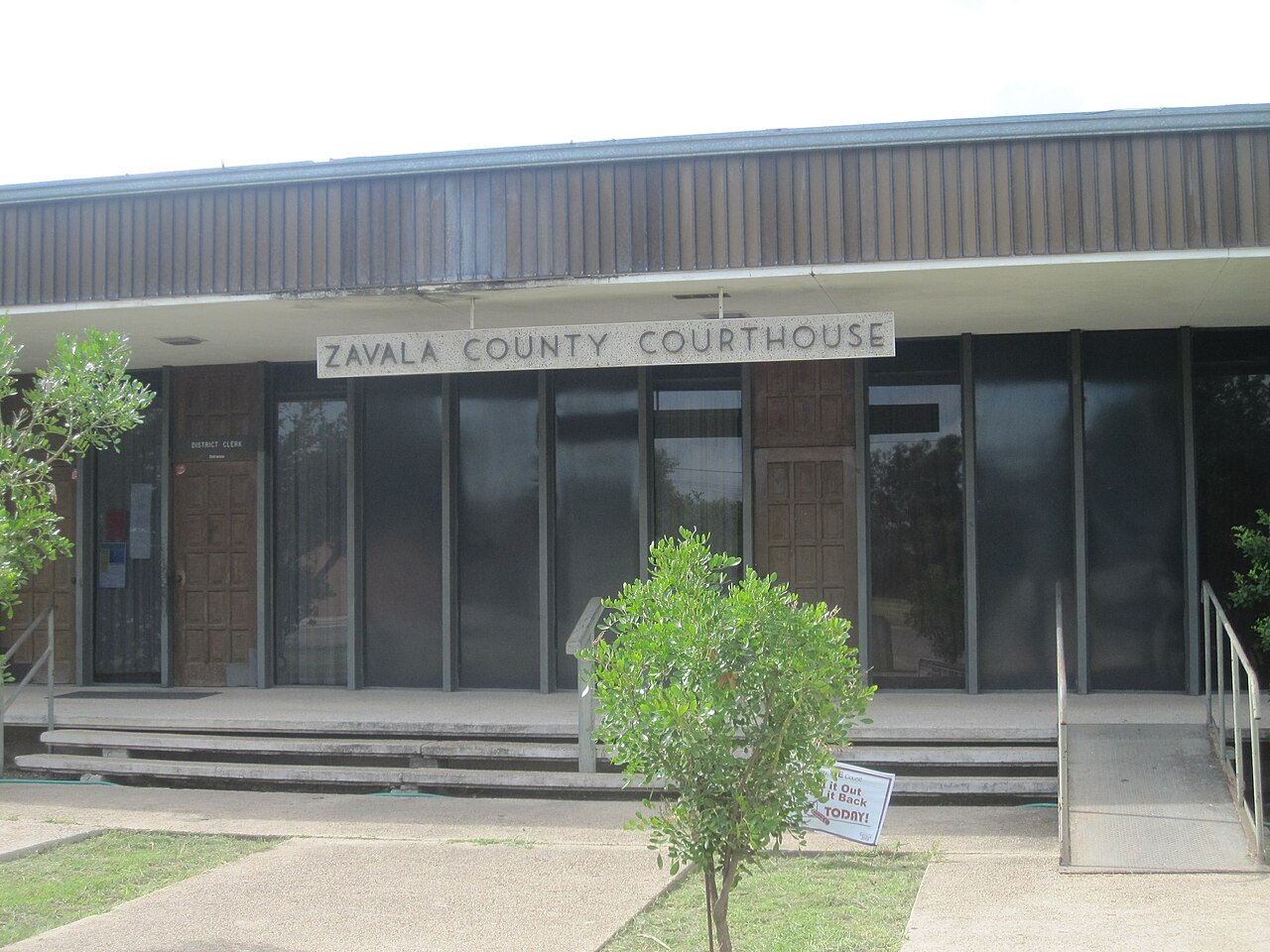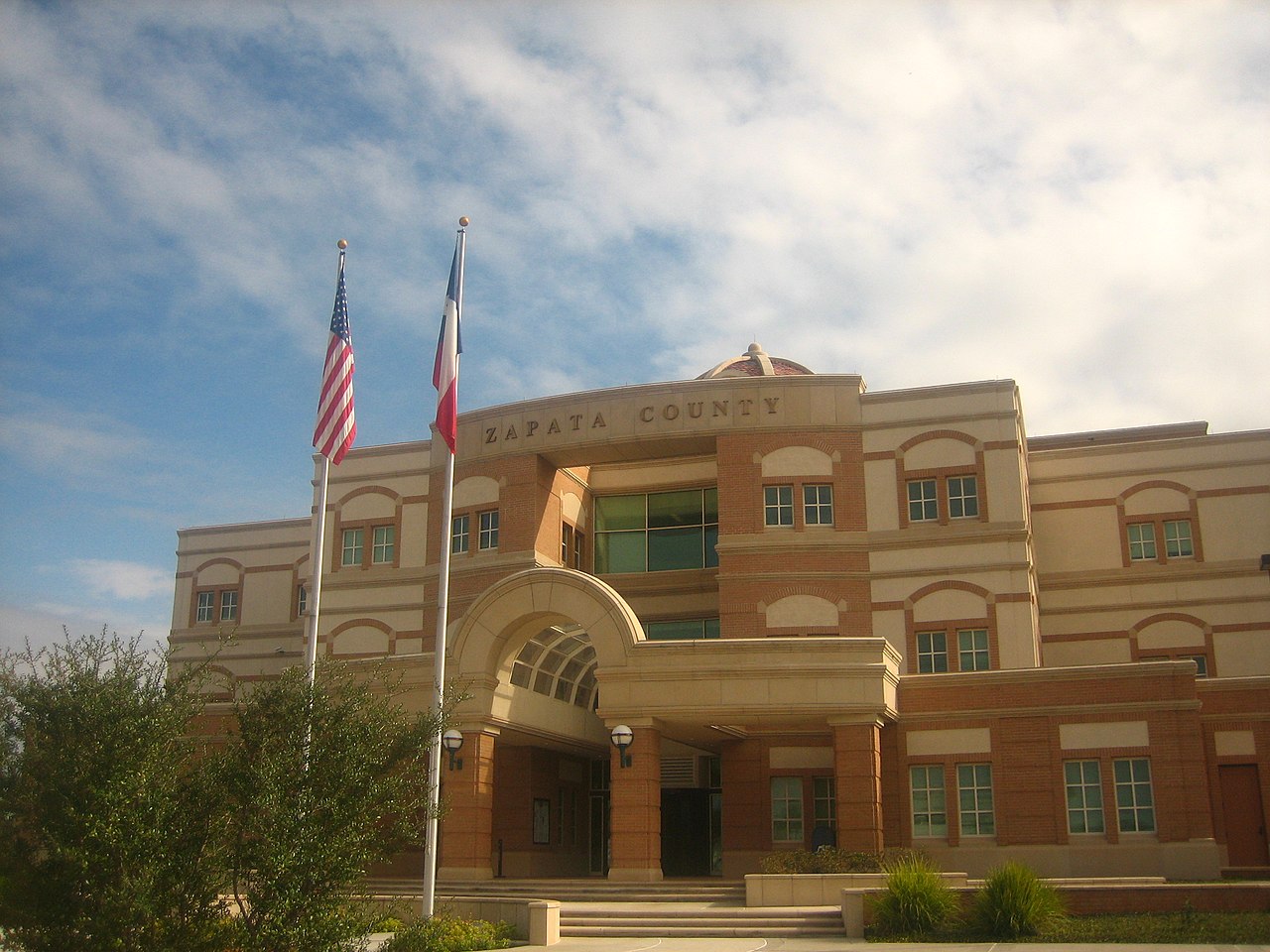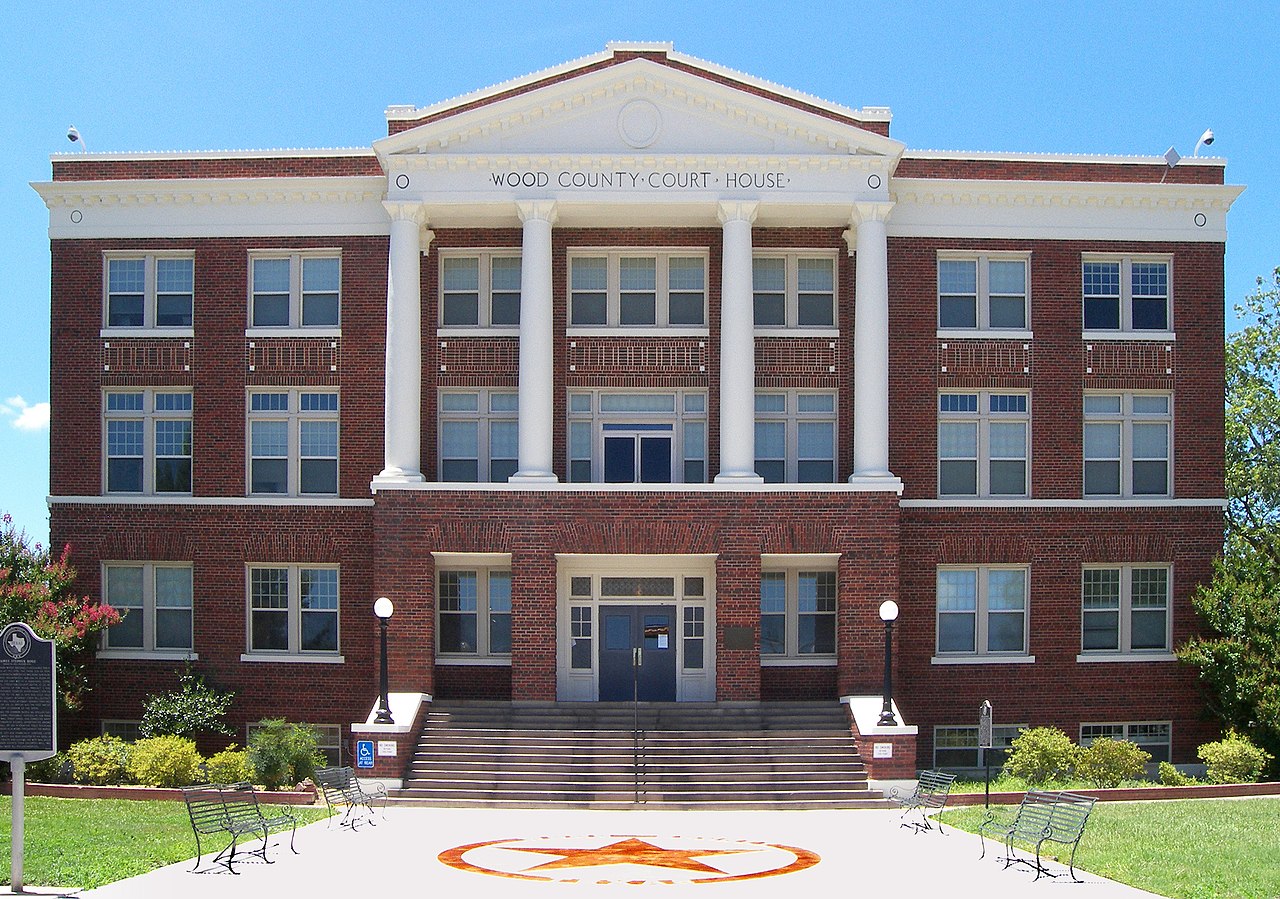Texas Writs of Garnishment to Collect Judgment Liens from Oldham County, Texas
If you’re struggling to collect a judgment in Oldham County, Texas, Busby & Associates is here to support you. Our experienced attorneys are skilled in defending, collecting, and enforcing judgments, with a primary focus on garnishing bank accounts and financial institutions. As knowledgeable consumer bankruptcy, family law, and divorce lawyers, we also provide comprehensive assistance to both obligors and obligees involved in child support lien cases. Additionally, we can guide you through the domestication process for foreign child support liens in Oldham County, Texas. Don’t let the frustration of an unpaid judgment linger any longer. Contact us today, and let us help you collect what you’re owed.
Texas Judgment liens in Oldham County
The proper fixation of a judgment lien bestows it with the power to act as a lien on all nonexempt real property owned by the judgment debtor in Oldham County. This lien is established through the accurate recording and indexing of an abstract of judgment. To ensure the fixation of the judgment lien, it is imperative to file the abstract of judgment in each county where the lien is sought. The duration of the lien spans ten years from the date of recordation and indexing, unless the judgment becomes dormant. It should be noted that the underlying judgment must be final and not interlocutory. However, even in the case of an appealed judgment or the filing of a supersedeas bond, it remains permissible to file an abstract on a final judgment. Furthermore, if a judgment creditor has taken the necessary steps to obtain a lien prior to the judgment being appealed, the fact of appeal will not nullify the effect of such steps in the event of affirmance. These regulations specifically pertain to judgments issued by Texas state trial courts and do not encompass the enforcement of judgments from other states and foreign jurisdictions. For the enforcement of judgments from other states or foreign jurisdictions, it is essential to first domesticate the judgment in Texas in order to create a lien, following which the filing of an abstract of judgment may be possible.
Texas Abstract of Judgment
The state of Texas grants the authority to prepare the abstract of judgment to various parties, such as the judge, justice of the peace, clerk of the court, or the authorized representative of the judgment creditor, including their agent, attorney, or assignee. However, it is important to be aware that in small claims and justice courts, the judgment creditor is not allowed to prepare their own abstract. Additionally, abstracts of federal court judgments require the certification provided by the clerk of the court. To abstract your judgment lien in Oldham County, Texas, you can go to the County Clerk’s office situated at 105 S Main St, Vega, Texas 79092.
Contents
When preparing a Texas abstract of judgment, it is imperative to include specific information to ensure compliance with legal requirements. This includes providing the names of the plaintiff and defendant, disclosing the defendant’s birthdate (if known to the clerk of justice), mentioning the last three digits of the defendant’s driver’s license and social security number (if available), indicating the suit number in which the judgment was rendered, specifying the defendant’s address or providing details about citation and the date and place of service if the address is not provided in the suit, stating the date on which the judgment was rendered, accurately stating the amount awarded and the remaining balance, addressing any child support arrearage, highlighting the interest rate specified in the judgment, and including the mailing address for each plaintiff or judgment creditor. It is important to note that the omission of the mailing address may result in the imposition of a penalty filing fee. Additionally, the abstract of judgment must be verified by the creditor’s attorney, and the use of unsworn declarations is strictly prohibited.
Recordation of Judgment Liens Abstract
Accurate recordation of the abstract of judgment involves its documentation in Oldham County, where the debtor has real property. The Oldham County clerk receives the abstract and meticulously records it in the county’s real property records, ensuring precise notation of the recordation date and time. Moreover, the clerk is responsible for entering the abstract in the alphabetical index to the real property records, displaying the names of each plaintiff and defendant in the judgment and the corresponding page number where the abstract is officially recorded.
Abstracts of Domesticated Judgment Liens.
Under the Uniform Enforcement of Foreign Judgments Act and the Uniform Foreign-Country Money Judgments Recognition Act, foreign judgments can be enforced in Texas with the same level of enforceability as judgments filed in the originating court. The foreign judgment holder must satisfy the lien requirements when seeking to domesticate the judgment in Texas.
Property To Which Lien Attaches Non-Exempt Real Property
The judgment lien applies to all nonexempt real property owned by the defendant and officially recorded in Oldham County, the county of recordation.
Keeping the Judgment and Judgment Lien Alive
1. Non-governmental Judgments
The judgment lien remains in place for 10 years from the date of recording and indexing the abstract, unless it becomes dormant. To maintain the lien, it is necessary to (1) actively keep the judgment alive and (2) obtain and record a new abstract of judgment. Dormancy occurs if a writ of execution is not issued within 10 years after the judgment is rendered. However, the judgment can be revived through scire facias or by commencing an action of debt within two years from the date the judgment becomes dormant.
2. State or State Agency Judgments.
State or state agency judgments retain their enforceability and do not become dormant. When an abstract of judgment is filed correctly, it creates a lien that lasts for 20 years from the filing date, and the lien can be renewed for an additional 20-year period by filing a renewed abstract of judgment, ensuring its enforceability for up to 40 years.
3. Political Subdivisions.
Judgments of political subdivisions can go dormant under dormancy statutes, but the revival statute (Civ. Prac. & Rem. Code § 31.006) ensures that political subdivisions are not precluded by the statute of limitations. Consequently, judgments of political subdivisions can be revived at any time, surpassing the two-year dormancy period.
4. Child Support Judgments.
The exception to the dormancy statute for child support judgments is outlined in § 34.001 Subsection (c) of the Civ. Prac. & Rem. Code and applies broadly to all child support judgments, irrespective of their date of rendering or issuance.
Property Subject to and Exempt from Execution.
1. Property Subject to Execution.
The execution is authorized to seize the judgment debtor’s property, unless it is exempted by the constitution, statute, or other rule of law. Typically, the following types of property are not exempt: a. Cash on hand or in checking or savings accounts; b. Pleasure boats and associated motors and trailers; c. Collections of items, such as stamps, coins, etc.; d. Stocks, bonds, notes, and other investments; e. f. Airplanes. Corporations do not have any protected property.
2. Property Exempt from Execution.
Property falling under the following categories is exempt from execution, whether it pertains to a family or a single adult: a) The homestead b) Personal property belonging to specified categories as defined by statute, up to a combined fair market value of $100,000.00 for families or $50,000.00 for single adults without family affiliation c) Current wages earned from personal service (excluding child support) and unpaid commissions, not exceeding twenty-five percent (25%) of the $50/$100,000 aggregate limitations d) Professionally prescribed health aids e) Worker’s compensation payments f) Cemetery lots held for sepulcher purposes g) Property that the judgment debtor sold, mortgaged, or conveyed in trust, provided the purchaser, mortgagee, or trustee identifies alternative property sufficient to satisfy the execution h) Assets held by the trustee of a spendthrift trust for the benefit of the judgment debtor i) Certain insurance benefits j) Specified savings plans, including retirement benefits and health savings plans k) College Savings Plans l) Certain consigned artwork.
WRITS OF GARNISHMENT.
The post-judgment garnishment procedure provides a means for a judgment creditor to explore the relationship between a third party and the judgment debtor, with the goal of identifying any outstanding debts or property owed to the debtor. Should any such debts be uncovered, the creditor (garnishor) can secure a garnishment judgment, requiring the third party (garnishee) to redirect payments to the garnishor rather than the judgment debtor.
Requirements to Issue
Garnishment is an available option after a judgment is obtained, but it is subject to meeting specific conditions. Firstly, the creditor must have a valid and subsisting judgment against the debtor, with the judgment being considered final and subsisting from the date of rendition. Secondly, the debtor must not have filed an approved supersedeas bond to suspend execution on the judgment. Lastly, the creditor must affirm, to the best of their knowledge, that the judgment debtor does not possess sufficient property in Texas that can be executed to satisfy the judgment.
Procedure for Securing Issuance Jurisdiction and parties
It is crucial to note that a post-judgment garnishment action is an independent legal suit apart from the main case it seeks to enforce. The third-party garnishee should be named as the defendant, as it involves an ancillary lawsuit. It should be filed in the same court that rendered the judgment to be collected, but under a different cause number.
Service of the writ of garnishment/notice to judgment debtor.
To initiate the garnishment action, the garnishee must be served with the writ of garnishment. Although the judgment defendant is not a necessary party in the garnishment action, they must be served with a copy of the writ of garnishment, the application, accompanying affidavits, and court orders as soon as practically feasible after the garnishee has been served. Moreover, it is required that the copy of the writ served to the defendant includes its contents in 12-point type and is presented in a manner calculated to advise a reasonably attentive person. Failure to provide proper notice to the judgment debtor regarding the garnishment renders any judgment, except for one dissolving the writ, invalid and unenforceable.
Banks as Garnishees for Writs of Garnishment
The delivery of garnishment writs to garnishee banks is contingent upon directing them to the address designated as the registered agent of the financial institution in its registration statement filed with the Secretary of State under Section 201.102 or 201.103 of the Finance Code. Out-of-state financial institutions must comply with the state’s laws governing foreign corporations conducting business in the state, which includes designating an agent for process under Section 201.102 when seeking registration with the Secretary of State. On the other hand, Texas financial institutions have the option to appoint an agent for process by submitting a statement to the Secretary of State under Section 201.103.
Officer’s Return.
Pursuant to Tex. R. Civ. P. 663, the officer responsible for executing a writ of garnishment must provide a return that complies with the citation regulations. It is advisable for the judgment creditor to carefully examine the return before seeking a garnishment judgment, particularly if it is a default judgment. Returns in garnishment proceedings are subject to the rules governing citations in general. Courts have held returns to be fatally defective if they do not reveal the method and place of service on a corporate garnishee.
Forms for the form and Practical Procedure
In the event of locating a bank account or other debt owed by the judgment debtor that is eligible for garnishment and cost-effective, it is necessary to file an Application for Garnishment supported by a signed affidavit from the judgment creditor’s attorney. The affidavit should contain the essential information, including the original suit and judgment details, credits to the judgment, the appropriate garnishee name, officers for service, service address, and any available account names and numbers.
When it comes to collecting a judgment in Texas, trust in Busby and Associates. Their contingency-based services mean you don’t have to worry about upfront fees. Judgments from other states with a Texas-based judgment debtor are carefully reviewed individually, sometimes necessitating a retainer. Additionally, in Oldham County, they possess the knowledge and resources to assist you in garnishing a bank account or financial institution, ensuring the successful recovery of the owed amount.














